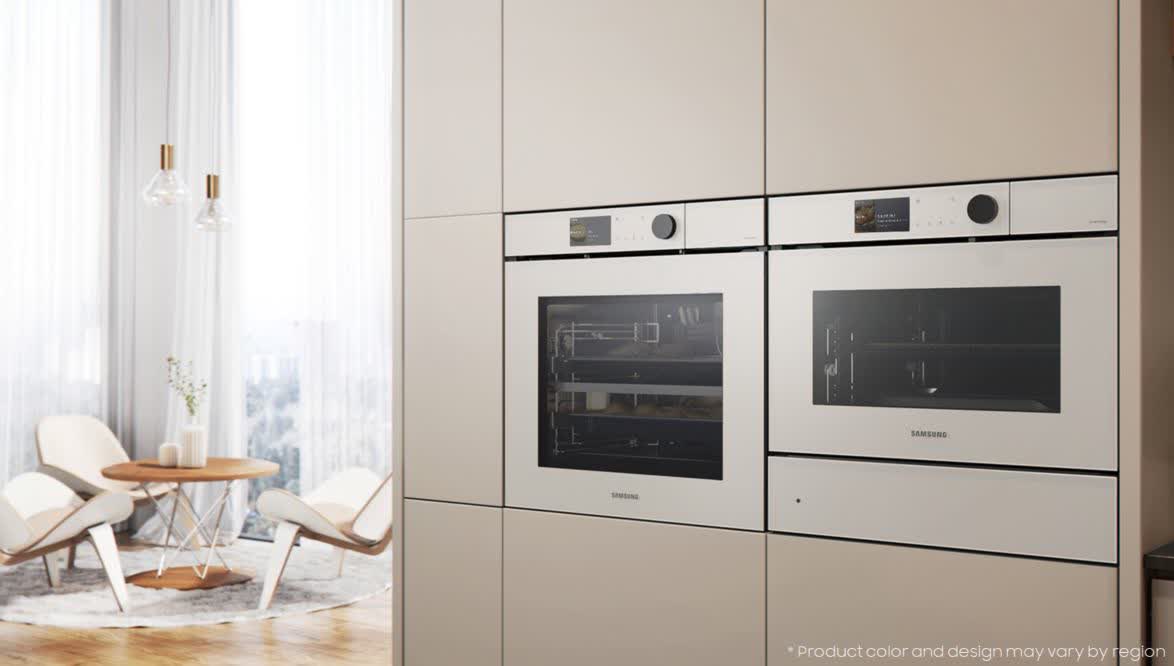First, let's define what we mean by a sealing system. In kitchen appliances, sealing refers to creating an airtight seal around food or other items to keep them fresh and prevent spoilage. There are different ways to achieve this, including using heat, manual pressure, or suction. Each has its benefits and drawbacks.

One of the most popular sealing systems is the vacuum sealer. This type of sealer works by removing the air from a bag or container and then sealing it. In recent years, vacuum sealers have become more affordable and widely available for home use. They are great for preserving food, especially in bulk or for sous-vide cooking. However, vacuum sealers can sometimes crush delicate foods or puncture bags, and they require special bags that can add to the cost.
Another type of sealing system is the manual pressure seal, which is commonly found in food storage containers. These containers have a lid that requires some force to snap closed, creating an airtight seal. Manual pressure seals are easy to use and inexpensive. However, they are not as effective as vacuum sealers at preserving food, and the seal may not hold up over time.
Now, let's dive into the CTO sealing system. This system uses heat to create a continuous seal around food or other items. CTO sealing is often used for packaging dry goods like snacks, but it can also be used for vacuum sealing. The advantage of CTO sealing is that it creates a strong, airtight seal quickly and efficiently. It is also less prone to puncturing bags or crushing delicate foods, as the process is automated. However, CTO sealing machines can be more expensive than other sealing systems, and they require special bags.
So, how do you choose the right sealing system for your needs? It depends on what you will be sealing and how often you will use it. If you need to preserve food for long periods or package items for shipping, then a vacuum sealer may be the best choice. If you need to store dry goods like cereal or nuts, then a container with a manual pressure seal may be sufficient. And if you need a fast, efficient sealer for a variety of items, then a CTO sealing machine may be worth the investment.
In conclusion, the sealing system you choose for your kitchen appliances depends on your specific needs and budget. While vacuum sealers are popular, they are not always the best choice for every situation. Manual pressure seals and CTO sealing systems also have their benefits and drawbacks. By understanding the different options available, you can make an informed decision and get the most out of your kitchen appliances. And remember to use keywords like CTO VS sealing systems in your research to find even more information and resources.